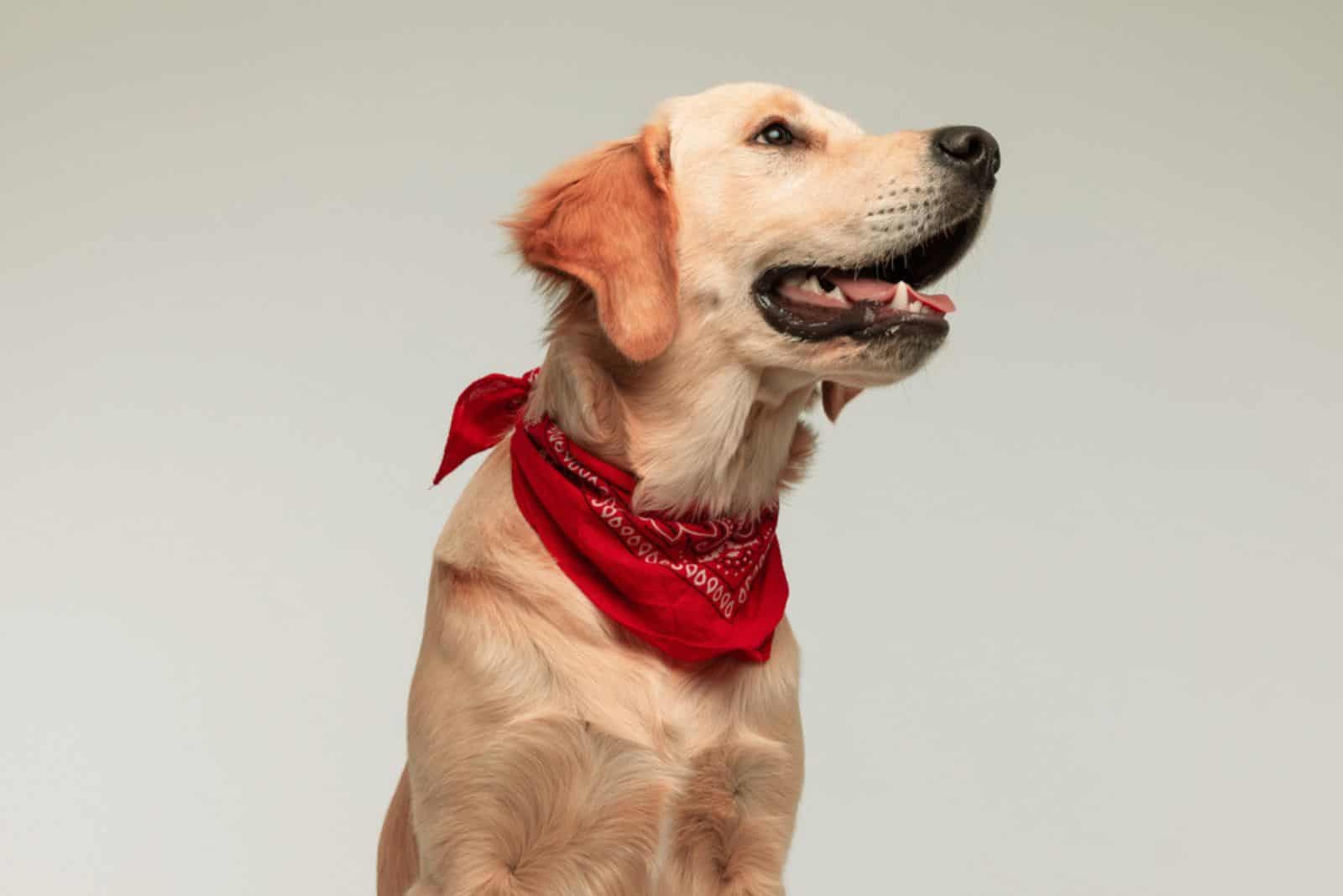One of those unusual questions a dog owner might ask is, Do dogs have an Adam’s apple?
So, do they?
The answer to this question will definitely surprise you. Dogs do have an Adam’s Apple! They’re not too different from humans after all!
All jokes aside… the presence of an Adam’s apple is not something reserved strictly for human males. An Adam’s apple is present with females, as well as dogs, monkeys, giraffes, and many other mammals. Some just have it more prominent.
This is another myth busted. Adam’s apples aren’t something that should worry you. In a moment, you’ll learn what an Adam’s apple is really about. Of course, you’ll also learn how to spot the difference between an Adam’s apple and a lump, an abnormality, and a tumor, so you don’t freak out if you accidentally feel your pup’s Adam’s apple.
If you’re ready, why don’t we bite into that apple?
Do Dogs Have An Adam’s Apple?
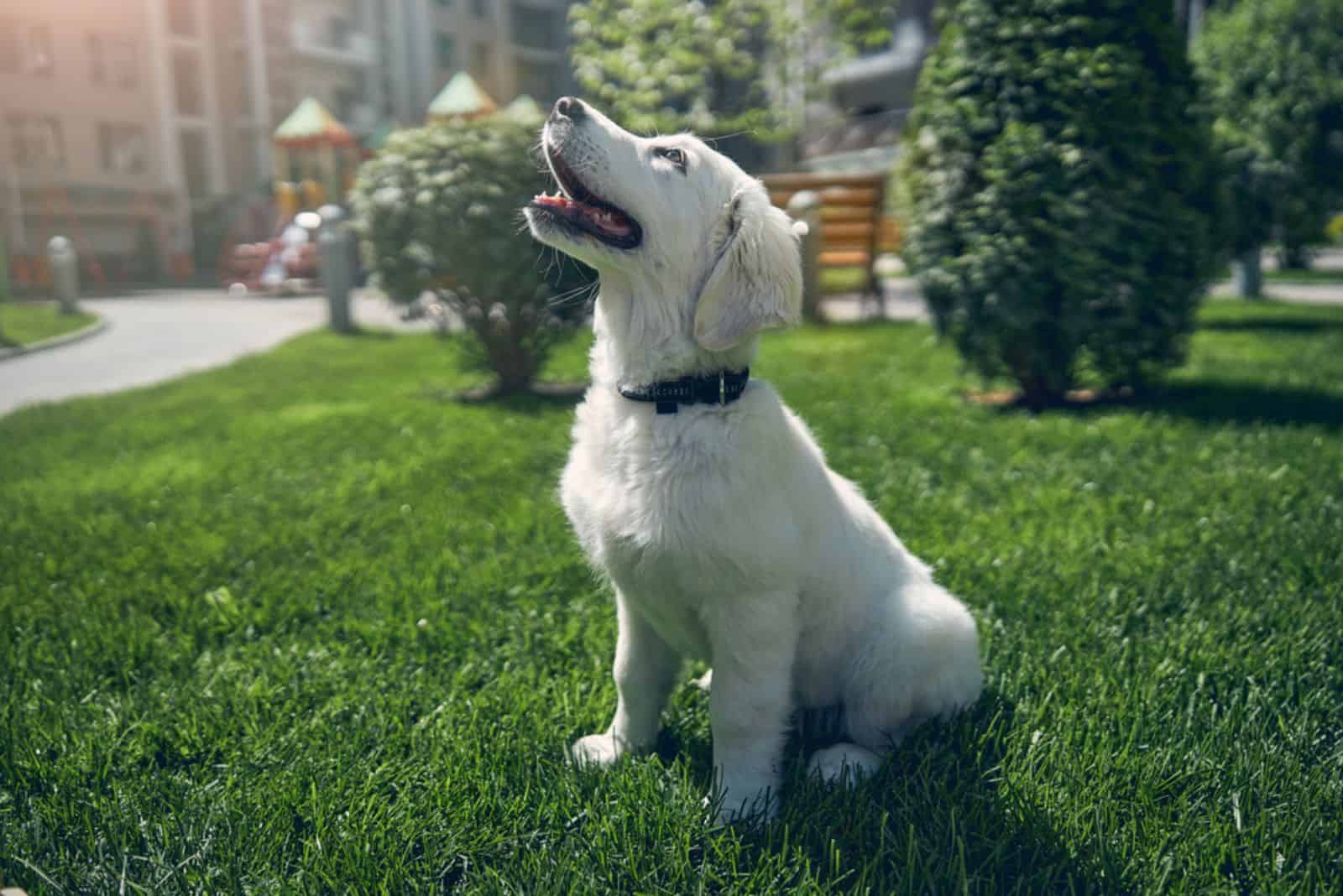
The simple answer is: YES.
And, that’s not just applicable to male dogs. Female dogs have an Adam’s apple, too!
That small lump on your dog’s throat is the Adam’s apple. It may not be easily visible if your dog has a thick coat around its neck. For example, Huskies and German Shepherds don’t have a visible Adam’s apple. However, short-coated dogs like Rottweilers will have it more noticeably.
The position of your dog’s Adam’s apple will easily tell you if that’s really his apple or if it’s a lump or something serious. The Adam’s apple is located in the center of your dog’s throat, right under his chin.
So, you don’t have to panic immediately if you feel something unusual. It’s not always a lump or a tumor, so keep your cool. Feeling the Adam’s apple shouldn’t cause your dog any pain or discomfort. However, if he does wiggle every time you try to feel it, then it might be something other than his apple.
What Exactly Is An Adam’s Apple?
The Adam’s apple isn’t a leftover stuck inside a human’s throat, nor could it ever be.
The Adam’s apple has a more scientific, medical term called the laryngeal prominence of the thyroid cartilage. Simply put, the Adam’s apple goes around your dog’s larynx or voice box, and creates a cartilage membrane as protection.
All dogs are born with an Adam’s apple. The only difference between male and female dogs is that female dogs have an Adam’s apple on the upper part of their thyroid cartilage. This makes them difficult to see or feel, unlike the male dog’s apple.
So, as you can see, the Garden of Eden story and the claim that the apple is the forbidden fruit has nothing to do with this protrusion. The short answer to the question: Do dogs have an Adam’s apple is that it’s a part of the dog’s anatomy… not the Adam and Eve story.
This firm cartilage in the center of their neck actually has a purpose, and you’re going to find out what it is.
Does The Adam’s Apple Have A Purpose?

A dog’s Adam’s apple is not a rudimentary organ. Adam’s apples actually have a purpose. To understand it, we need to know its anatomy. Now that it’s all cleared out in the previous section, we can proceed to figuring out what the Adam’s apple really is.
The Adam’s apple is also known as the laryngeal prominence. We’ve already mentioned that it’s a lump settled in the center of your dog’s throat. But, it doesn’t just hang there. The dog’s Adam’s apple is actually part of thyroid cartilage that wraps around the front of the larynx.
The whole purpose of the Adam’s apple is to protect it from injuries. A lot of dogs get injured easily during playtime. Imagine what would happen if your dog didn’t have one.
The Adam’s apple is something that all dogs are born with. However, male puppies will have it more prominently as they grow and enter the stage of puppyhood, which is similar to puberty. The level of testosterone becomes higher, and changes inside your dog are more noticeable.
Your dog will develop the Adam’s apple as a protection of the voice box and vocal cords. That’s also a reason why their voice becomes deeper as they grow. Simply put… dogs with a bigger Adam’s apple have a deeper voice and bark.
Spotting A Dogs’ Adam’s Apple
As I mentioned earlier, not all dogs have a visible Adam’s apple. It’s completely natural for a double-coated dog not to have a visible apple. Also, the size of the Adam’s apple depends on the size of the dog itself. Of course, a smaller pup like a Chihuahua will have a small Adam’s apple. You can’t compare them to Newfoundland dogs!
Finding your dog’s Adam’s apple is quite simple, and it’s something you should do all the time. Once you make sure it’s there, you don’t have to do it anymore. Your vet will examine your dog several times a year, and he will notice if there are any lumps in your dog’s neck.
To spot an Adam’s apple, you should gently press it with your thumb and forefinger. It’s located right under the dog’s chin. That firm growth of fine cartilage is your dog’s Adam’s apple. Anything more than a light touch will make your dog feel discomfort, and can even cause him to cough. Imagine if someone punches you in the throat!
I Can’t Seem To Find My Dogs’ Adam’s Apple

Not being able to find your dog’s Adam’s apple can be a result of a few things. However, none of them mean your dog was born defected or with a condition that doesn’t include an Adam’s apple.
The three main and only reasons why you can’t find your dog’s Adam’s apple are:
the gender of your dog
thick skin
a thick coat
As we mentioned several times throughout this article, girl dogs don’t have a prominent Adam’s apple, and you won’t be able to feel it. Also, thick skin and a thick coat is another reason why the Adam’s apple is not palpable.
You will need to try a bit harder to find your dog’s Adam’s apple, especially if you own a Husky or a dog that looks like a Husky. Their thick coat and thick skin really make it difficult to spot an Adam’s apple.
But, if you own a little Yorkie boy, you’ll easily feel the apple under that soft and silky coat.
Is that A Lump Or Is He Just Glad To See You?
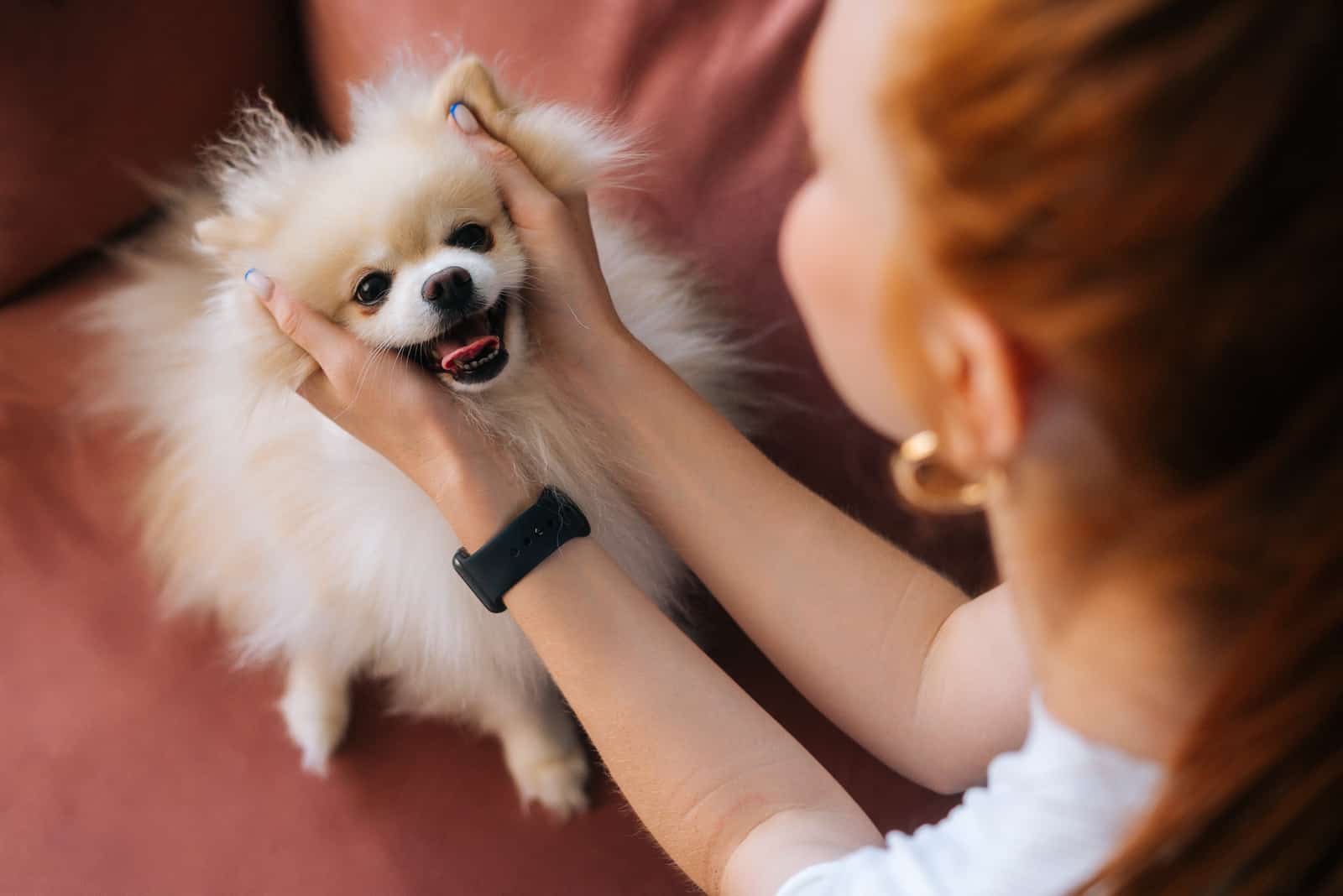
Of course, it could – but that doesn’t mean that a lump has switched places with your dog’s Adam’s apple. It’s just a new growth near your dog’s Adam’s apple. And, yes… sadly, those lumps can be severely dangerous for your dog. You see, lumps can be a sign of tumors, and not every tumor is a benign one.
If you suspect your dog has a lump in his throat, you should take him for a checkup. Your vet will determine if it’s really a lump or a normal part of your dog’s throat.
In most situations, that lump will be a lipoma – a harmless growth under your dog’s skin that moves as you touch it. Lipomas usually go away without any treatment.
However, any significant change in the size of the lump can mean trouble. Your DVM will give you advice to monitor the lump, and tell you to watch it for any change in size, as well as any change in your dog’s behavior.
If you notice swelling around it, his head being hot, lack of energy, sleepiness, vomiting, or any other unusual behavior, you should report it to your vet. Those could all be signs of severe health problems, including tumors and cancer.
Types Of Lumps Your Dog Might Have In His Throat
Speaking of lumps…
Did you know that some lumps are completely harmless while some might be a sign of a severe health condition?
I’m not trying to scare you, but you should be aware of possible conditions your dog can suffer from.
Lumps are usually not that serious, but they should be checked anyway.
Your vet should be able to determine what kind of lump your dog has.
Usually, these are the conditions hiding behind lumps in your dog’s throat:
Inflamed lymph nodes can be a sign that your dog is fighting an infection. There’s a hotspot in your dog’s body, and the lymphatic system will be all flared up, showing you signs of an illness. It’s good if you spot them because that can mean your vet will figure out what’s wrong with your dog in no time.
Sadly, tumors can either come as benign or malignant lumps, and they often have no other symptoms. Not every tumor means cancer, but it’s better to have them examined before it’s too late.
Can My Dog Be Born Without An Adam’s Apple?
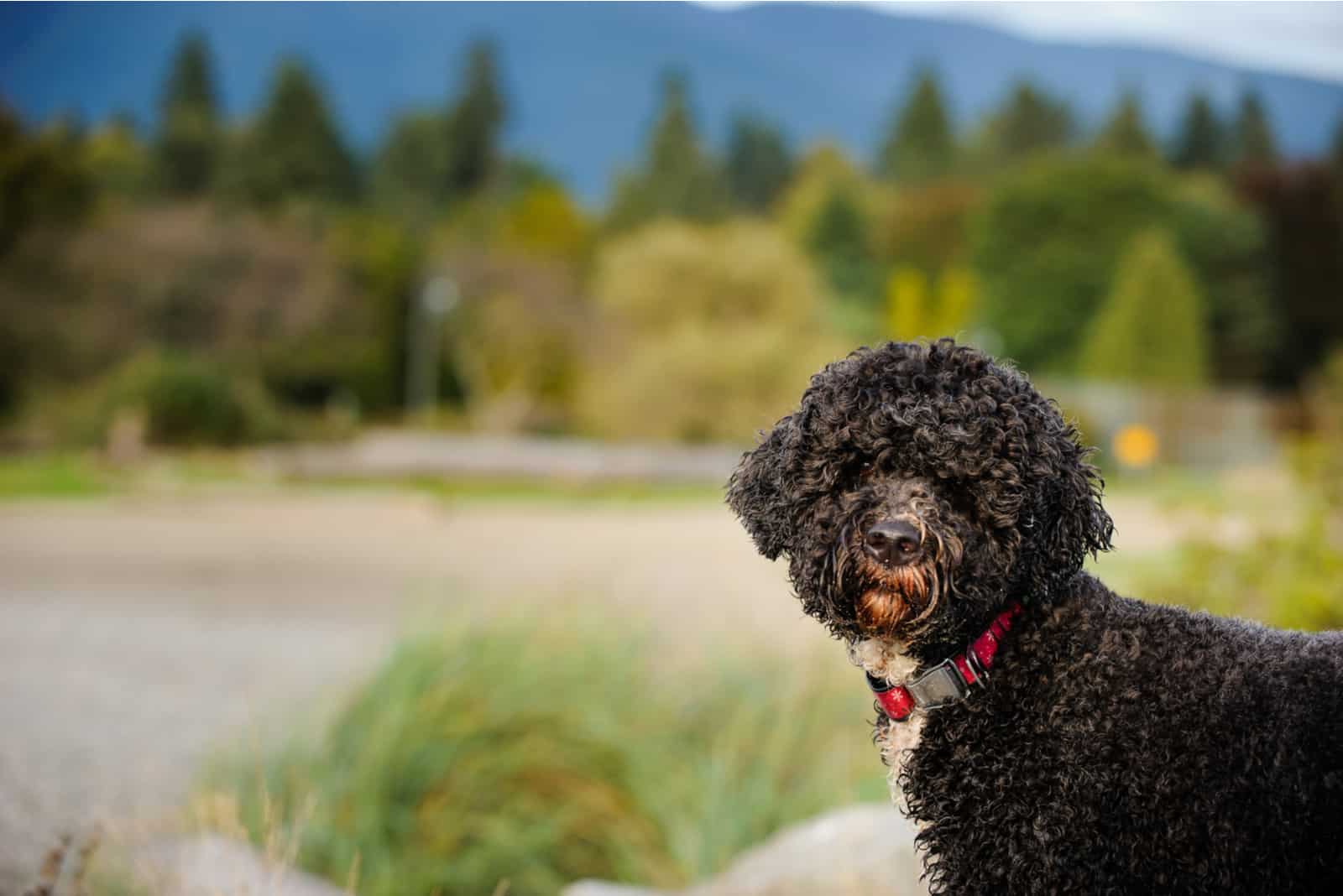
There’s no ‘what if’ in this case. Your dog’s Adam’s apple must exist because his voice box must exist.
If, by any chance, your dog has to have its voice box removed, then a new one must be fashioned either out of cartilage or another way in order for the air to go from the lungs to the mouth, and vice versa.
You see, dogs don’t need their voice box just to speak. They also have it as a part of their breathing tract. If the larynx gets removed, then the windpipe no longer exists, and there would be no way for your dog to inhale air through its mouth and send it to its lungs.
Dogs that undergo this serious procedure are often victims of trauma or cancer. Removing a dog’s larynx is not advisable unless his life is in danger.
Some dog owners decide they don’t like their dog’s bark, and instead of perfectly training them not to bark when it’s not okay, they turn to a procedure called ventriculocordectomy. This means the dog will be submitted to surgery to remove most of his tissue that helps produce sound / voice / bark.
Devocalization leaves your dog with a soft bark. It’s like their voice has been muffled. However, complete lack of sound is not possible because that would mean they would be without a voice box. Go back to the beginning of this section to figure out why.
The Presence Of An Adam’s Apple With Puppies

In this case, puppies are not excluded either.
All dogs are born with an Adam’s apple. They will only get more prominent as the puppy grows. Your dog’s throat is still small because he’s still a puppy. The tiny bones in the front of the neck are still soft and not so noticeable. You definitely can’t feel them without applying a lot of pressure, and that’s not something we want.
Puppies, no matter if they’re boys or girls, will all be born with an Adam’s apple. There’s really no point in that old story saying that only males have an Adam’s apple. We all have them!
But, the real question is: When does the Adam’s apple become noticeable?
When puppies are still newborn babies, their voice box is very underdeveloped. They whine and squeak, but they don’t bark like big dogs do. This will change as puppies grow. Some mature earlier than others, but it depends on the breed you have.
Still, an average dog reaches maturity sometime between 6 and 9 months of age. We can refer to this as puppy puberty. Your pup’s voice will turn from a faint bark and squeak to a mighty and loud bark.
That’s because your dog’s voice box has become bigger! And, along with this growth, the Adam’s apple grows, too, and may become easily noticeable if you pet your dog on its neck.
Health Conditions Linked To A Dog’s Adam’s Apple
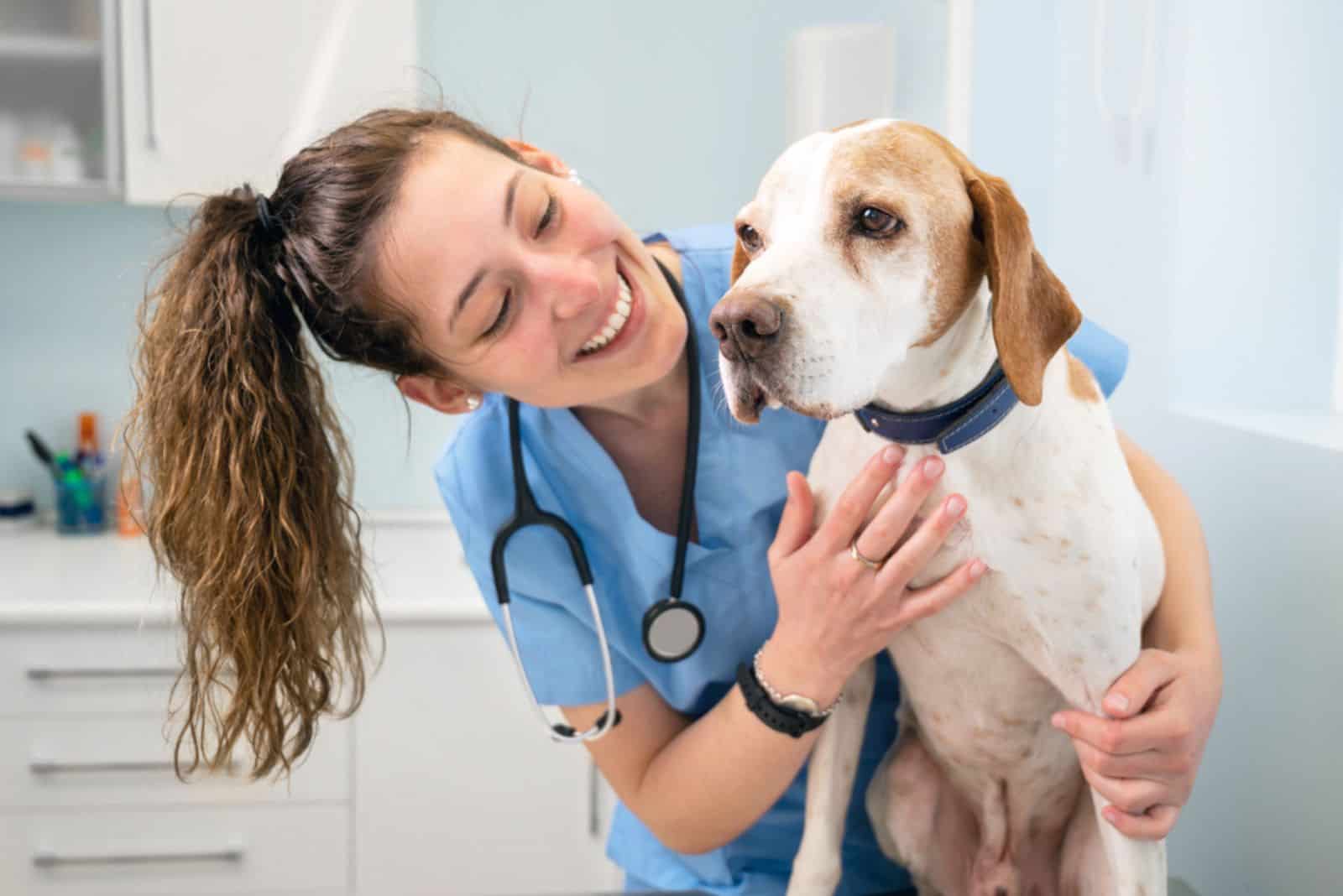
Your dog can definitely suffer from certain health conditions linked to its Adam’s apple – more precisely, its voice box.
One of the most common health issues that affects a dog’s voice box (or larynx) is laryngitis. Don’t worry – laryngitis is just an inflammation, and it can be treated with proper treatment, leaving no issues.
As a matter of fact, laryngitis is quite common with humans.
Here’s what happens to your dog when he gets diagnosed with this condition.
Laryngitis is the inflammation of the dog’s voice box (or larynx). This means your dog’s voice box and the area around it will be all swollen. The swelling will affect the Adam’s apple, too, making it more prominent.
Your dog should be checked by the vet immediately upon discovering the symptoms of laryngitis. But, what are the symptoms?
Laryngitis can be an issue if your dog shows he’s having difficulty swallowing his food. If he loses interest in his meals all of a sudden, you can suspect laryngitis. Also, dogs that cough a lot, breathe heavily, and bark in a deep voice are suffering from laryngitis.
Another clear sign of this condition is bad breath coming from your dog’s throat.
Laryngitis can be a result of some trauma, usually concerning the breathing tube. Also, any allergic reaction, obstruction in the upper airway, or infectious tracheobronchitis can be a reason behind laryngitis.
However, most dogs usually experience this after excessive barking for a while.
Which Dog Breeds Have A More Distinctive Adam’s Apple?
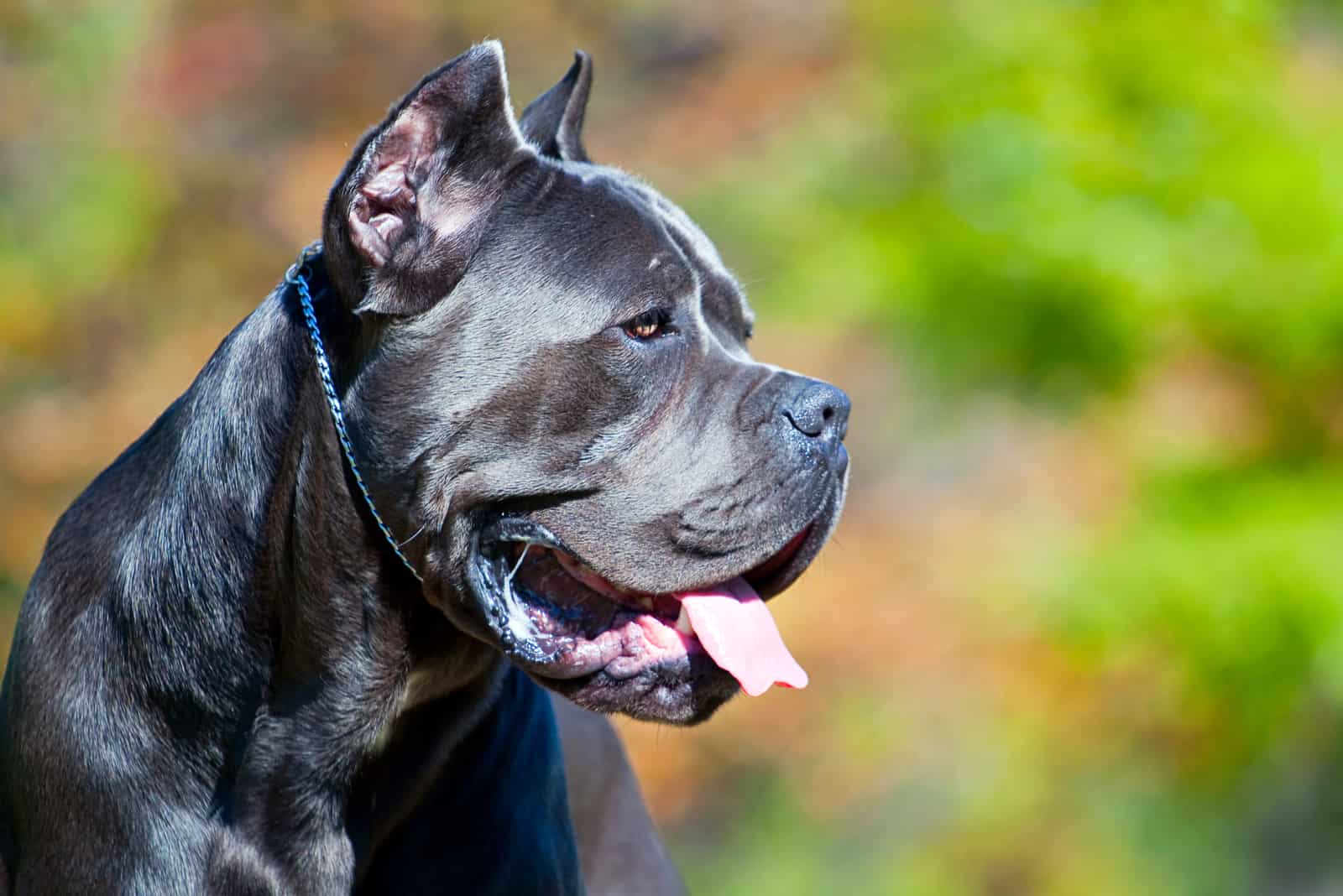
To spot an Adam’s apple easily with some dogs, the dog in question should have a short coat. All dogs have an Adam’s apple, but not every dog has a noticeable one.
There’s really no difference in terms of breed. All breeds have one.
The only difference is in the coat type.
Putting mild pressure on your dog’s trachea can help you locate your dog’s Adam’s apple under one condition: your furry friend shouldn’t have thick fur. Such fur only means that it will be hard for you to discover your dog’s Adam’s apple.
When the throat area is sleek and covered in a single coat, i.e., like with Dachshunds, the location of the apple is easy to find.
To Sum Up…
Finally, the answer to the question, Do dogs have an Adam’s apple is found. Dogs do have an Adam’s apple. They’re a part of any normal dog, whether it’s a male or a female.
An Adam’s apple is part of cartilage that covers the dog’s larynx (or voice box). Without it, your dog will not be able to speak or breathe.
The presence of the Adam’s apple is different in each breed, not to mention gender. Female dogs don’t have a visible Adam’s apple, while male dogs do. Male dogs have a deeper voice; hence, a bigger Adam’s apple.
This tiny part of their body actually has a function and a purpose. Without the Adam’s apple, your dog’s voice box will be open to injuries, and any voice box trauma can severely affect your dog’s ability to breathe and speak.
It’s great that dogs have an Adam’s apple. This makes them a lot like humans, and supports the claim that dogs are equally as valuable as any human being.
Read Next: Do Dogs Have Belly Buttons? A Small Guide On Canine Navels
